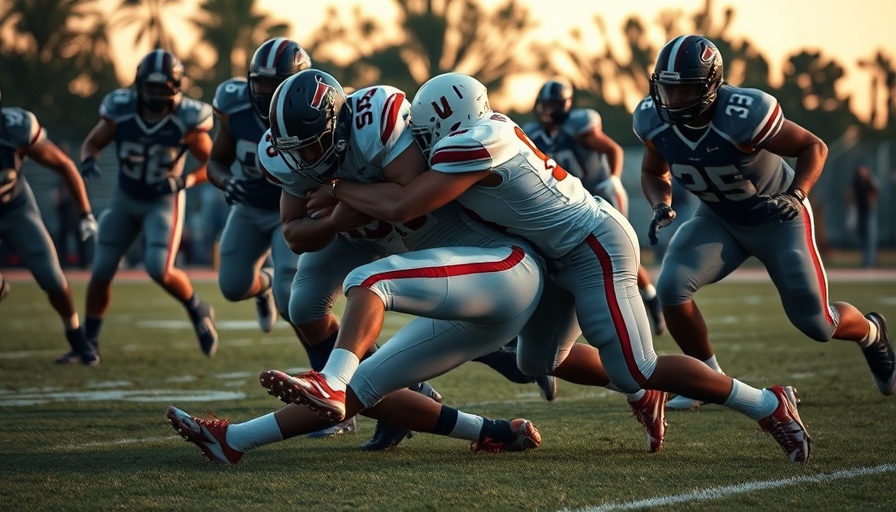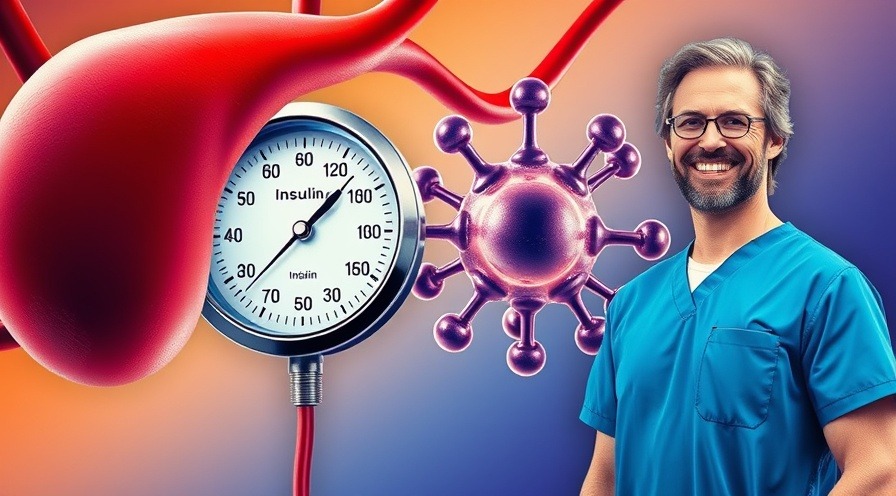
Understanding the Seriousness of Concussion and CTE
As sports continue to captivate millions around the globe, the conversation surrounding concussion and chronic traumatic encephalopathy (CTE) remains alarmingly pertinent. High-profile athletes gracefully share their struggles with debilitating side effects that often emerge long after their playing days, pushing the discussion from locker rooms into living rooms across the world.
What is CTE?
CTE is a neurodegenerative disease similar to Alzheimer's and Parkinson's that affects individuals who've endured repeated head trauma. Unlike typical concussions that are easily defined, CTE can manifest from subtle brain impacts that are often undetected. These smaller, cumulative hits can be especially problematic, revealing a growing divide in our understanding of brain health.
The Clinical Signs and Symptoms of CTE
Families of affected individuals describe a range of debilitating symptoms that impact cognitive functions. These symptoms may include memory loss, difficulty with tasks, impulsive behaviors, emotional instability, and even suicidal tendencies. The overlap between CTE symptoms and those associated with mental health disorders complicates discussions around care and understanding of the disease.
The Connection Between CTE, Aging, and Health
As we deepen our understanding of CTE, it's critical to remember that many diseases linked to head trauma, like Alzheimer's and dementia, present additional challenges in older populations. The pathways to optimal health and wellness become even more complex as we consider the role of lifestyle medicine and alternative therapies that encourage both physical and mental health.
A Community and Lifestyle Focus on Well-Being
Increasing awareness of both concussion and CTE complements broader health and wellness movements. Initiatives in communities—such as those in San Antonio—are embracing holistic approaches to tackle health problems affecting many, from athletes to ordinary individuals. Community health and wellness events cater to education on CTE and alternative medicine, thus promoting proactive health strategies rather than reactive crisis management.
The Importance of Collective Action
Advocacy against sports-related head injuries warrants a paradigm shift in how we approach athletic culture. Teams, leagues, and organizations must evolve, enforcing safer play and instilling educational programs that define concussion protocols and the estimated long-term ramifications of head injuries.
Taking Charge of Your Health
For individuals impacted by head injuries—either personally or through loved ones—seeking knowledge and understanding can empower positive decision-making. This engagement will involve exploring options in nurturing mental well-being, utilizing community health resources, or even considering alternative treatments that embrace evidence-based care.
As athletes and communities rally to shine a light on the realities of concussion and CTE, understanding and advocacy become our tools for change. We must seize the opportunity to promote health and wellness in every sphere—be it through conversations on the field, community education, or empowering individuals to embrace holistic health.
Conclusion: The Health and Wellness Call to Action
Understanding the scope of concussion and CTE isn't merely an academic exercise; it's a rallying cry for better health practices and community engagement. We all have a role to play in advocating for safer sports environments and prioritizing mental health. By focusing on the interconnection of health and wellness, communities can foster environments that not only protect youth athletes but also educate, so future athletes are better prepared and informed.
 Add Row
Add Row  Add
Add 




 Add Row
Add Row  Add
Add 


Write A Comment